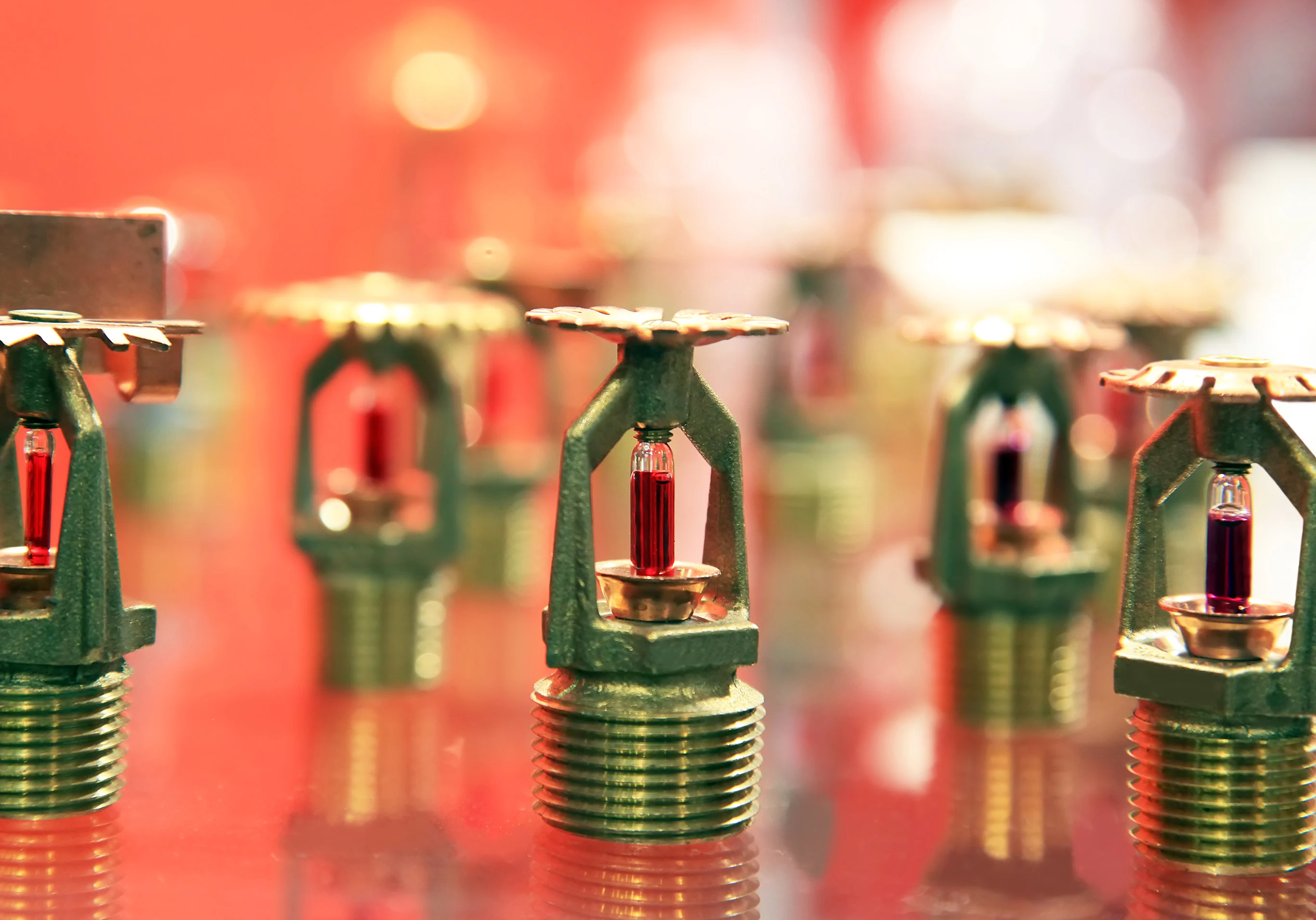Over the past several decades, microbiologically influenced corrosion (MIC) has been an increasingly frequent problem for owners of both wet and dry automatic sprinkler systems.
What is microbiologically influenced corrosion?
This corrosion occurs when bacterial microbes accelerate the natural corrosion (rusting) of metal piping, causing pinholes, accumulation of sediment, and obstructions within the systems. The presence of oxygen, metal, nutrient-rich water, and minerals within sprinkler systems creates a perfect environment for bacterial microbes to thrive.
The result? Water flow is decreased or even completely blocked in the event of a fire, rendering the sprinkler system ineffective.
Utility companies had been dealing with the effects of MIC for decades before fire protection professionals began taking notice of the problem after a dramatic increase in corrosion leaks in relatively new systems. Since the 1990s, leaks have been reported in systems under 10 years old and even in some systems less than two years old.
Factors such as the introduction of thin-walled (Schedule 5 and Schedule 10) piping in the 1980s, changes in the chemicals used by water treatment facilities in the 1980s and 1990s, the proliferation of electroplating, increased awareness of MIC, and the rising number of buildings with sprinkler systems all contribute to the sharp increase in reported cases of MIC.
Related:
WSRB's Essential Guide to Commercial Property Risk Assessment
What can be done to prevent damage from microbiologically influenced corrosion?
If caught early, sprinkler systems can be treated or repaired before serious damage occurs, but when left untreated, the resulting damage can be very costly, in some cases requiring that the entire system be replaced. Here are some preventative measures that can be taken to help mitigate damage caused by MIC:
- New sprinkler systems can be flushed with a detergent to remove any oils or debris left on the interior of the pipe. This is easier done with some types of systems than others, so if possible, address the issue with the sprinkler designer before the system is designed.
- The initial fill in a new system can be treated with biocides and corrosion inhibitors. These additives can also be included when an existing system is refilled after annual maintenance.
- Try to schedule any modifications, repairs, and maintenance of the system to be done at the same time to reduce the number of times the system has to be drained and refilled. When fresh water and oxygen is introduced into the system, it provides a new food source for bacteria, causing an acceleration of growth.
- Know what to look for. Leaks, weeping joints, and water that is smelly or black when the system is flushed are all indications that you may have MIC.
- If you live in an area that is prone to MIC and are having a new system installed, consider using thick-walled piping. Whether your system is new or existing, schedule regular MIC inspections.
The presence of MIC is generally determined through water testing, testing of metallurgical properties, and X-ray diffraction tests. However, bacterial microbes are found in all sprinkler systems, so don’t rely solely on the results of water testing.
If it is determined that MIC is present, there are several procedures and chemicals that can be used to treat it, depending on the severity and type of MIC found. Contact a fire protection professional who is familiar with MIC to find out what the appropriate treatment options are for your system.












